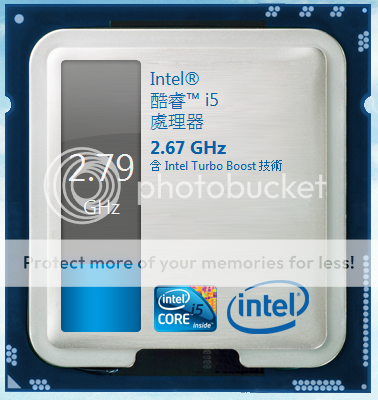
Intel’s Turbo Boost tech is quite useful since it helps gamers, developers, designers to push their computer system’s processing power to its limits.
 After you’ve made your choice, press the F10 key from your keyboard to save your changes. Either enable or disable Intel Turbo Boost Technology. Here you’ll be given two options to choose from. Click on “Performance Options” then on “Intel Turbo Boost Technology”. From here, you need to go to “BIOS/Platform Configuration (RBSU)”. Access the BIOS configuration through the System Utilities screen. Before we start with our procedure, we would recommend our readers keep Intel Turbo Boost enabled at all times. There is no other way of disabling/enabling Intel Turbo Boost. It can still be disabled/enabled by peaking into the BIOS configuration. Instead, the processor’s frequency rate may vary depending upon usage, environment, hardware, and other relevant factors.Īlso Read: How Can I Play Fallout 3 in Windows 10 Enabling Intel Turbo Boostįortunately, Intel Turbo Boost comes automatically enabled on all supported processors by default. Furthermore, Intel has not specified a fixed boost of frequency. This is exactly why Intel came up with the specified temperature and power limits to ensure the processing does not cause the system to overheat. Now overburdening the processor might sound like asking for unnecessary heating problems in the CPU. For Intel Turbo to run freely, your system’s processor should be operating in the specified conditions of TDP (Thermal Design Power).
After you’ve made your choice, press the F10 key from your keyboard to save your changes. Either enable or disable Intel Turbo Boost Technology. Here you’ll be given two options to choose from. Click on “Performance Options” then on “Intel Turbo Boost Technology”. From here, you need to go to “BIOS/Platform Configuration (RBSU)”. Access the BIOS configuration through the System Utilities screen. Before we start with our procedure, we would recommend our readers keep Intel Turbo Boost enabled at all times. There is no other way of disabling/enabling Intel Turbo Boost. It can still be disabled/enabled by peaking into the BIOS configuration. Instead, the processor’s frequency rate may vary depending upon usage, environment, hardware, and other relevant factors.Īlso Read: How Can I Play Fallout 3 in Windows 10 Enabling Intel Turbo Boostįortunately, Intel Turbo Boost comes automatically enabled on all supported processors by default. Furthermore, Intel has not specified a fixed boost of frequency. This is exactly why Intel came up with the specified temperature and power limits to ensure the processing does not cause the system to overheat. Now overburdening the processor might sound like asking for unnecessary heating problems in the CPU. For Intel Turbo to run freely, your system’s processor should be operating in the specified conditions of TDP (Thermal Design Power). 
Unless your computer system meets this requirement, expect your CPU to run at its marked frequency.

Intel’s Turbo Boost technology has a requirement. Sounds all good, right? Well, this improved processing comes at a cost.







 0 kommentar(er)
0 kommentar(er)
